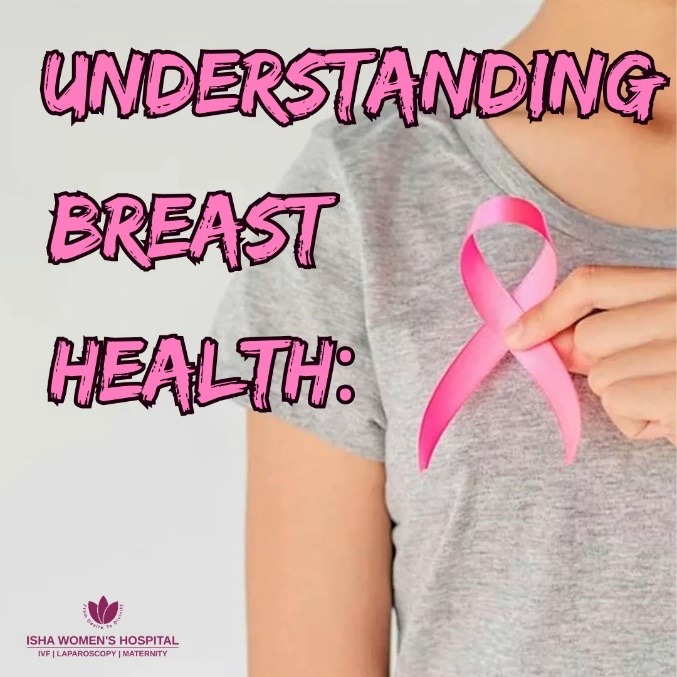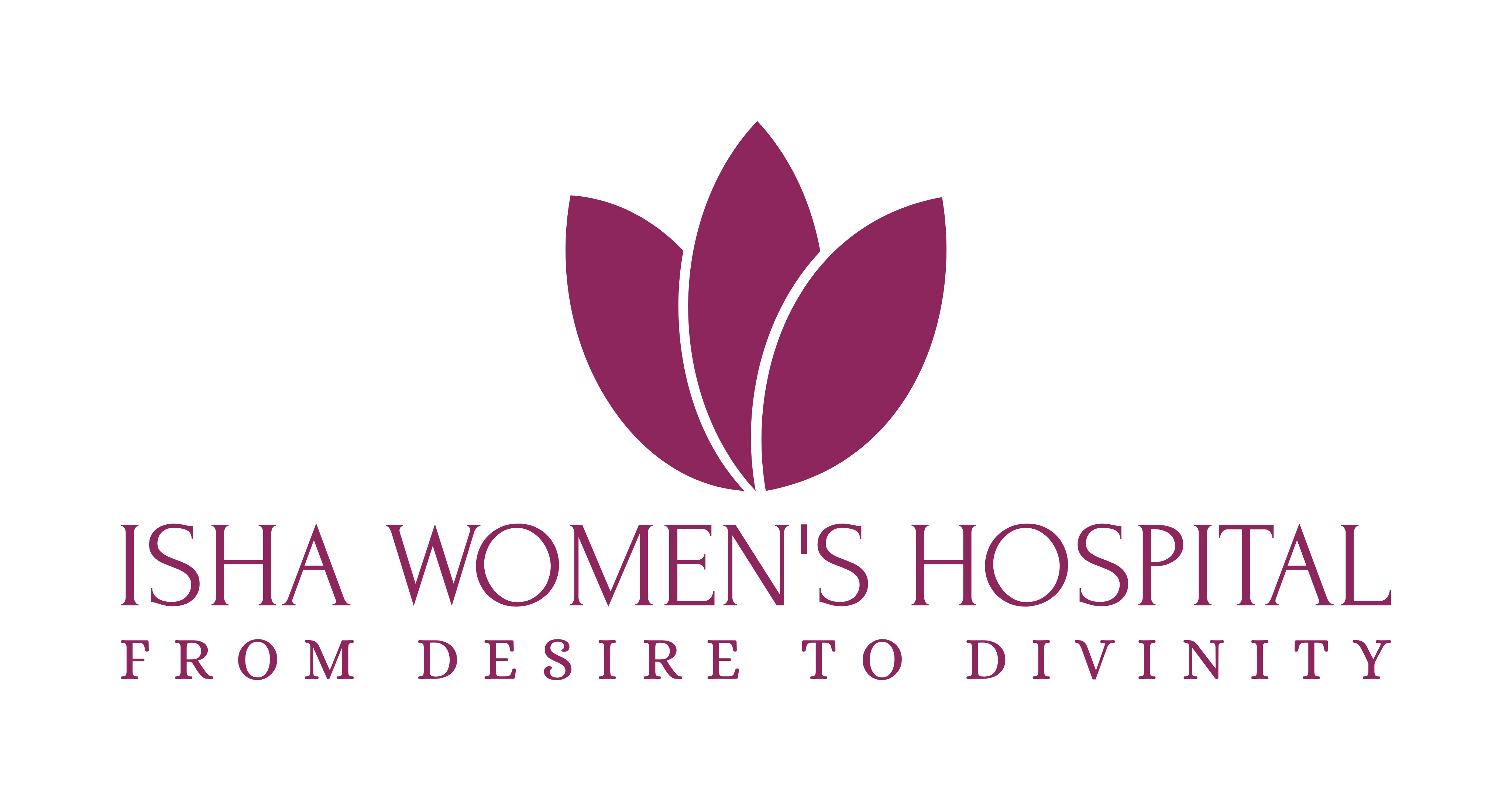Understanding Breast Health: Screening and Self-Exams

Let's go through everything you need to know about maintaining breast health—from how to perform a self-exam to when to get a mammogram—because when you know your body, you protect your future.
What Is Breast Health?
Let’s break it down:
Breast Anatomy:
Each breast is made up of lobes (milk-producing glands), ducts (tiny tubes that carry milk), and fatty tissue (which gives the breast its size and shape). There are also lymph nodes, blood vessels, and connective tissue involved.
Why Care About It?
Many breast changes are harmless, but some can be serious. That’s why regular care and awareness are so important. Knowing what’s normal for you helps spot anything unusual early on.
Early Detection Saves Lives:
Conditions like breast cancer can be treated successfully, especially when caught early. That’s why staying on top of your breast health is one of the best things you can do for yourself.
Common Breast Conditions You Should Know
Benign Conditions:
- Fibrocystic Breasts:
Common and harmless. Breasts may feel lumpy or tender, especially before your period. - Cysts:
Fluid-filled sacs that feel like soft lumps. These often go away on their own or can be drained if needed. - Fibroadenomas:
Firm, rubbery lumps that move easily under the skin. Usually found in younger women and are non-cancerous.
- A new lump or thickening in the breast or underarm
- Nipple discharge (especially if bloody or from one side)
- Skin dimpling or puckering
- Redness, swelling, or irritation
- A nipple turning inward (inversion)
The most serious concern, but very treatable if detected early. That’s why screenings and self-checks are so important.
Why Is Breast Cancer Screening So Important?
Screenings can catch cancer before you feel any symptoms. Treatment can be simpler, less aggressive, and more effective when caught early.
Common Screening Tools:
- Mammogram: The most reliable test. It’s a low-radiation X-ray that helps find tumours early.
- Ultrasound or MRI: Often used for women at higher risk or when a mammogram needs clarification.
- Higher chances of full recovery
- Fewer complications
- Better peace of mind
When Should You Start Breast Screenings?
- Women age 40 and above: Should get a mammogram every 1–2 years.
- High-Risk Women: (e.g., family history of breast cancer or BRCA gene) may need to start before 40. Your doctor will guide you.
- Women in their 20s and 30s: Should have clinical breast exams (CBEs) every 1–3 years.
A mammogram is a quick, safe, and effective test.
How It Works:
- A special X-ray machine gently presses the breast between two plates to capture clear images.
- It only takes a few minutes.
- It might feel a little uncomfortable, but it’s over quickly.
How to Perform a Breast Self-Exam
Here’s how to do it:
- Look in the Mirror: Stand straight and look at your breasts. Watch for changes in size, shape, or skin texture. Check if both breasts look symmetrical or if there’s any swelling, redness, or dimpling.
- Use Your Fingers: Use the pads of your three middle fingers and move them in a circular motion across each breast. Apply light, medium, and firm pressure to feel all layers of tissue.
- Cover All Areas: Don’t forget to check the outer and inner breast, under the nipple, and even the armpit area where lymph nodes are located.
- Best Time to Check: Do your self-exam a few days after your period ends, when your breasts are least tender and swollen.
What to Look Out for During Self-Exams
- Lumps or areas of thickening
- Dimpling or puckering of the skin
- Nipple discharge, especially if bloody or from one side
- Nipple changes, like turning inward, rash, or pain
- Swelling or persistent pain in any part of the breast
- Uneven breast size or shape changes
Lifestyle Tips to Support Breast Health
1. Eat a Healthy Diet
- Include lots of fiber-rich foods, leafy greens, fruits, and vegetables
- Cut back on processed foods, red meat, and alcohol
- Just 30 minutes of exercise a day can reduce your breast cancer risk by up to 25%
- Try walking, yoga, swimming, or anything you enjoy
- Smoking is linked to increased breast cancer risk, especially in younger women
- Quitting improves overall health too
- If breast cancer runs in your family, speak with your doctor
- You may need earlier or more frequent screenings
You are not alone on this journey. At Isha Women’s Hospital, we are here to walk with you, support you, and guide you through every stage of wellness and womanhood.
Under the expert leadership of Dr. Chinmay Pataki—the best gynaecologist and fertility specialist of Kalyan, Isha Women Hospital combines compassionate care with cutting-edge expertise to offer you the best in breast health, fertility, and women's healthcare.
Your health matters. You matter.
Schedule your consultation for screening today with Isha Women’s Hospital—Thane’s most trusted centre for women’s health.
Frequently Asked Questions (FAQS)
Ans - Yes, while not a replacement for screening, they help you notice changes early.
2. How often should I get a mammogram?
Ans - Every 1–2 years starting at age 40 (or earlier if high-risk).
3. Do all breast lumps mean cancer?
Ans - No! Many are benign, but all lumps should be checked by a doctor.
4. What age should I start self-exams?
Ans - Start in your 20s, once a month.
5. Can lifestyle changes really reduce breast cancer risk?
Ans - Absolutely—diet, exercise, and avoiding smoking can lower your risk.
